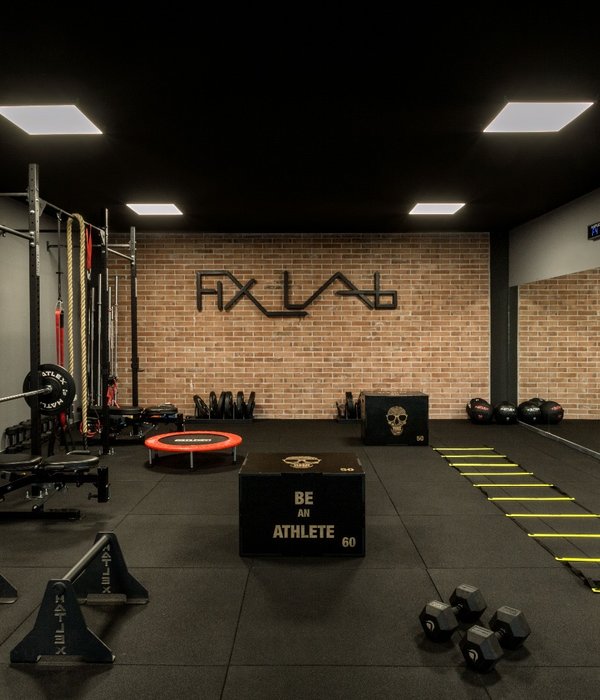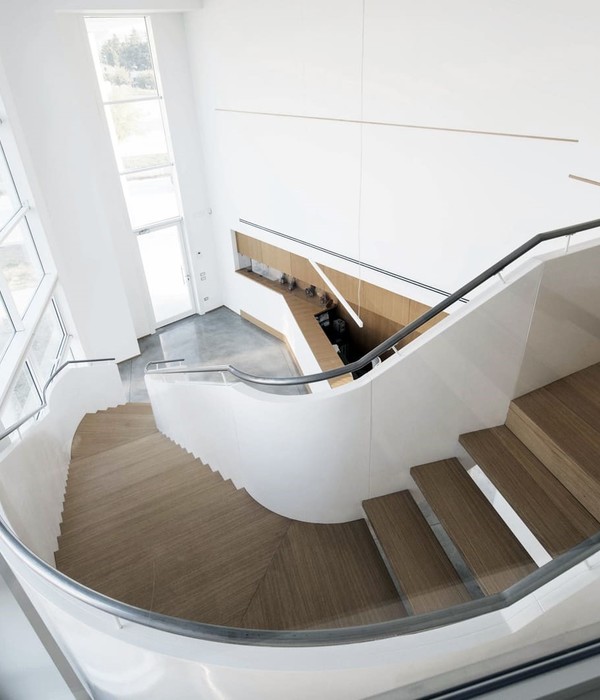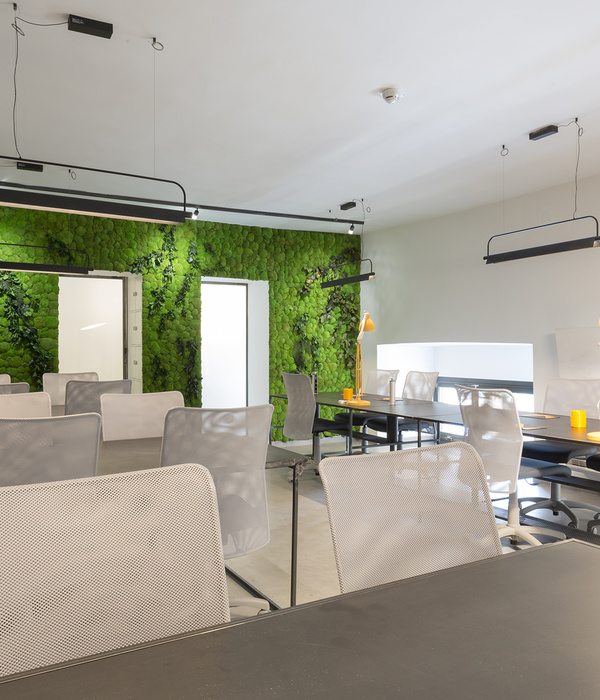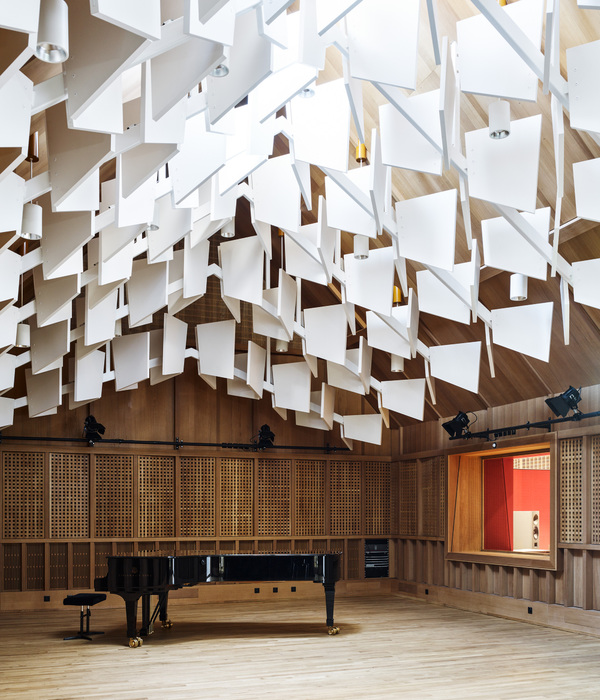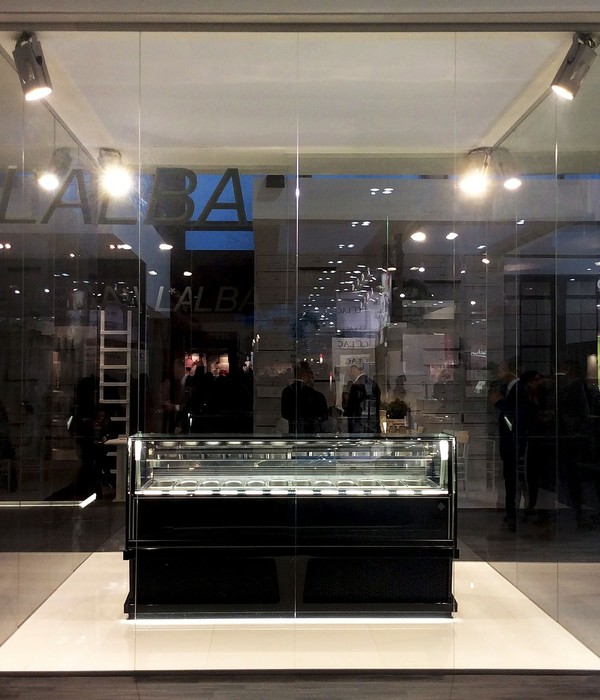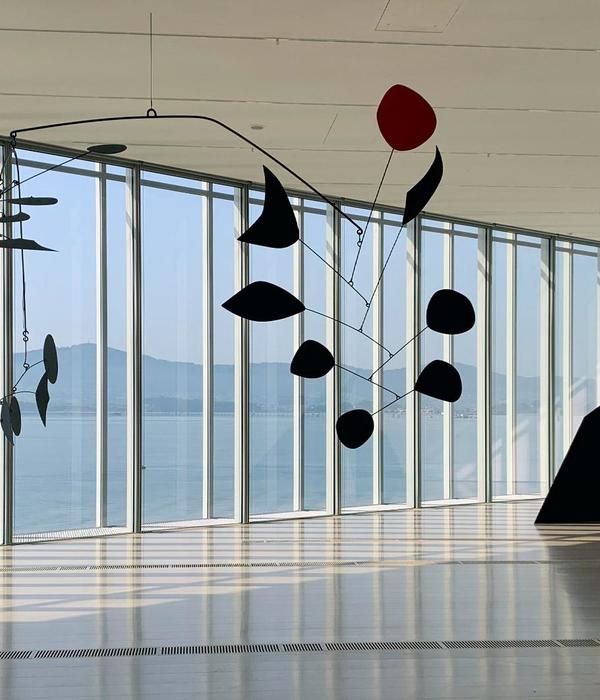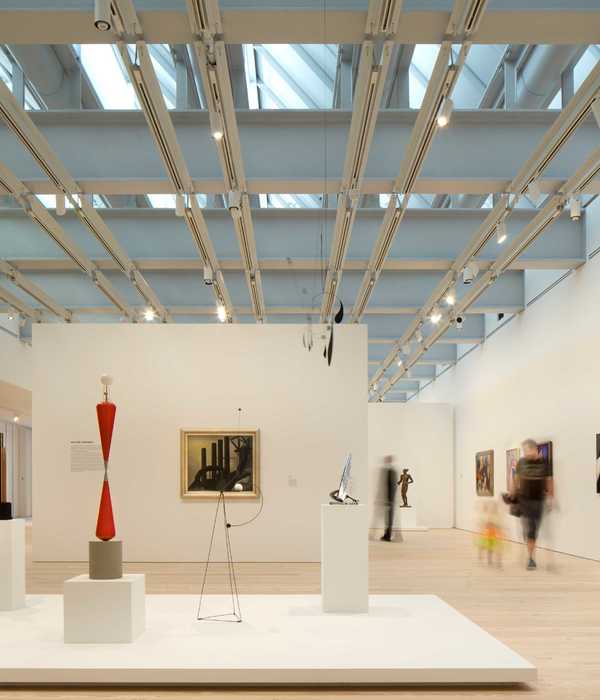Elpida Hadzi-Vasileva presents her medically-inspired sculptures in Nottingham's Djanogly Gallery. Pictured: installation view, Fragility, 2016
埃尔皮达·哈兹-瓦西列瓦的作品很漂亮,虽然有点诡异。威尼斯双年展代表的雕塑有一个阴险的秘密:它们是由动物内脏制成的。她向我们保证,这一切都是以医学进步的名义进行的。
为了在诺丁汉的djanogly画廊举办一个新的展览,这位出生在马其顿的艺术家已经与科学家和医学教授合作,以吸引更广泛的公众对消化系统疾病的认识,并帮助缓解围绕他们的污名。在威康信托基金的支持下,该项目见证了诺丁汉消化系统疾病生物医学研究股的哈兹-瓦西列瓦影子医生。她的作品,有时令人痛苦,有时诙谐,总是优雅地呈现,是打破身体最后禁忌之一的一种方式:谈论我们的胆量。馆长尼尔·沃克(NeilWalker)解释说:“它有问题,就像我们身体的任何其他部位一样,我们没有理由不谈论它。”
在研究过程中收集到的医学图像照片的照片开启了这个展览,为参观者准备一个坦率的视频装置,坦率地讨论他们对消化系统疾病的经验。从这里开始,事情变得更加乐观。第一个装置使用动物内脏,居住在接下来的两个房间的画廊。“脆弱”(2015)最初安装在布利顿的一个退役的摄政教堂Fabrica。艺术家使用化学防腐猪的菜油,将其从易腐烂的废品中提升为一种精致的装饰性材料。半透明的工作,覆盖整个房间,轻轻地筛选光线,创造一个宁静,沉思的空间。哈兹-瓦西列瓦解释说,这个意图是要再现濒死体验的现象.
在米其林的一次实习中,伦敦的“魔兽世界”餐厅制作了一些艺术家更轻松的作品。吉尔的狭缝是由艺术家从餐厅垃圾箱中打捞出来的滑冰骨制成的。馆长解释说,它突出的、有魅力的翅膀捕捉到了“厨房的男子气概”,同时也反映出哈兹-瓦西列瓦是如何与制作中的菜肴的艺术性结合在一起的。
沃克很想指出,展览中使用的所有动物材料都是经过仔细和负责任的采购的,如果没有哈兹-瓦西列瓦的抢救,大约80%的产品就会被丢弃。这与艺术家对使用几乎没有经济价值或个人价值的材料的偏好相吻合;将它们转化为虚幻的东西,在这种情况下,科学上是进步的。
The first installation to use animal viscera inhabits two rooms of the gallery. Fragility (2016), pictured, was first installed at Fabrica, a decommissioned Regency church in Brighton
Fragility has been combined with one of Hadzi-Vasileva's other renowned sculptures, Haruspex, first shown at the 56th Venice Biennial, 2015
A photomontage of medical images Hadzi-Vasileva collected during the research process opens the show, which prepares visitors for a candid video installation of individuals frankly discussing their experiences with digestive diseases. Pictured: installation view
The artist teamed up with scientists and medical professors to draw a wider public awareness to digestive diseases and the stigma surrounding them. Pictured: Ladies Purse 4, 2016
Ladies Purse 1 (2016) pictured is made using sheep testicals
The artist's penchant for using materials of little financial or personal value; transforming them into something ethereal, and in this case, scientifically progressive. Pictured: installation view
Sometimes harrowing, sometimes witty and always gracefully rendered, Hadzi-Vasileva's work is a way of breaking down the final taboo of the body. Pictured: installation view
Hadzi-Vasileva uses and experiments with unconventional materials made from animal innards such as caul fat. Pictured: installation view
Curator Neil Walker is keen to point out that around 80 per cent of the materials used in the exhibition would have just been thrown away had they not been salvaged by Hadzi-Vasileva. Pictured: Copper Wire Drawing, 2016, which traces the lines of a Manometry machine, which records the mobility of the digestive system
A six-month residency at Michelin starred London restaurant Pied à Terre, produced some of the artist's more light-hearted work. Gill's Slit's (pictured left) is a sculpture made from skate bones that the artist salvaged from the restauraunt bins. Pictured right: installation view
keywords:Textiles, Installations
关键词:纺织品、装置
{{item.text_origin}}

